Established in 2008, Pu Huong Nature Reserve Museum (Quy Hop commune, Nghe An province) is a place to preserve and conserve rare genetic resources of the flora and fauna of Pu Huong Nature Reserve - one of three special-use forests in the core zone of the Western Nghe An Biosphere Reserve, recognized by UNESCO in 2007.
This place also serves scientific research for individuals and organizations when they come to the reserve.
"Miniature world " of the biosphere reserve
Pu Huong Nature Reserve Museum has 3 areas: Traditional house with 3D model sketching terrain, geomorphology, overall status of Pu Huong Nature Reserve, area displaying specimens of fauna and area displaying specimens of flora.
Mr. Tran Duc Long, Head of the Department of Science, Technology and International Cooperation (Pu Huong Nature Reserve Management Board) said that the Museum will be renovated in 2023. In addition to preserving the biodiversity value of the reserve, this is also a place to preserve rare genetic resources.
The gallery of animal specimens (fish, amphibians, reptiles, mammals, insects) has 150 specimens, featuring specimens of rare and precious animals such as: Wild cats, white-cheeked gibbons, langurs, sun bears, weasels, Sao La horns, butterflies, freshwater fish, snakes... scientifically arranged in glass cabinets, creating vivid visuals. The gallery of flora specimens has more than 500 specimens, featuring specimens of green Lim xanh, Cho chi, Kim giao, Mun, Lan kim tuyen...
The above specimens were voluntarily submitted by local people and collected by working groups of the Conservation Area Management Board during survey and sample collection programs in the core and buffer zones of the conservation area.
In particular, the collection and compilation are mainly concentrated in nearly 10 areas within the administrative boundaries of the communes: Chau Cuong (at Khe Co, Khe Hin Doong, Khe Nay), Binh Chuan (at Khe Met), Xieng My (at Khe Pieng O), Nga My (at Nam Kho stream) and Dien Lam (Trang Tranh area)... Currently, most of the specimens have been built with information databases, digitized and technically processed against mold and organic decomposition.
Mr. Tran Duc Long added that in order to diversify and add more specimens to the Museum and ensure compliance with legal regulations, in recent years, the Management Board of the Conservation Area has carried out activities and programs for investigation and collection of specimens approved by superiors.
Through environmental education programs and activities in villages, many households in the buffer zone community have donated specimens to enrich and diversify the specimens in the Museum.
In addition, through biodiversity investigation and assessment activities, the reserve's professional staff also collects additional specimens for display, better serving scientific research and expanding exchanges and connections with institutes, schools and organizations at home and abroad to promote and spread the image of the reserve to the world.
Promoting the value of the Museum
Mr. Hoang Anh Tuan, Deputy Director of Pu Huong Nature Reserve Management Board, said that from 2023, the Museum will be arranged and decorated in the direction of an open cultural and natural museum, in addition to serving scientific research work, it also serves the sightseeing needs of the people.
In 2025, the unit has developed a program and plan to organize a visit to the Museum associated with experiential educational activities at the Peripheral Botanical Garden with an area of over 10 hectares with 9 subdivisions in the conservation area for 5th grade students of primary schools in Quy Hop commune.
The activity aims to equip students with basic knowledge about the natural world; thereby helping them raise awareness and the importance of forest protection; enhance their thinking ability, skills in observing the natural environment and forming a green attitude and responsibility towards nature.
Mr. Tran Duc Long, Head of the Department of Science, Technology and International Cooperation (Pu Huong Nature Reserve Management Board) said that in 2025, the unit plans to organize 5 tours to the Museum and experience the Peripheral Botanical Garden for students.
Specialists will introduce the origin, characteristics, habits and roles of each species on display; and answer students' questions about the natural world. After each session, the unit will draw on experience to improve the quality of the tour, increase students' intuition and thinking ability.
After the tour, Cao Nguyen Bao Anh, a 5E student at Quy Hop Town Primary School, expressed his excitement at being able to directly observe many animal species for the first time that he had previously only known about through books and TV.
She said that the experience at the Museum brought a lot of useful knowledge, helping to expand her understanding of the natural world. Bao Anh also hopes to return many times and introduce her classmates to visit and experience.
According to Deputy Director of Pu Huong Nature Reserve Management Board Hoang Anh Tuan, the preservation of specimens is currently facing many difficulties due to the lack of specialized facilities such as storage cabinets, temperature and humidity control equipment. Specimens are organic substances so they are easily damaged by microorganisms and insects, combined with the impact of hot and humid weather, making preservation difficult.
Although the budget supports sample collection and processing, funding for specialized equipment or hiring experts is still not guaranteed. The unit also lacks specialized human resources to process, classify and label archival samples.
In the long term, the unit will invest in building standard storage warehouses; increase training of specialized human resources; develop procedures for processing and storing specimens; apply digital technology in specimen management and promote cooperation with research centers for technical and financial support.
Dr. Nguyen Hai Ha, Lecturer at the University of Forestry, majoring in Biodiversity Conservation and Wildlife Conservation, said that the Pu Huong Nature Reserve Museum is an essential component of modern scientific and educational infrastructure, playing a role in displaying, preserving and disseminating knowledge about biodiversity, geology and the environment.
The collections of specimens, documents, images and reconstruction models here not only reflect the richness of nature but also serve as historical evidence for interdisciplinary research. Thanks to the ability to connect science-education-tourism, the Museum becomes an open knowledge center, contributing significantly to nature conservation and sustainable development.
The museum has provided a valuable source of long-standing herbarium specimens for taxonomy, ecology, anatomy, paleontology, and genetics. The specimens allow researchers to verify, compare, and describe new species; and to track changes in populations and ecosystems over time.
A standard sample storage and preservation system (alcohol, dry slides, histology, DNA) facilitates the implementation of modern quantitative research, acting as a “biological information bank” to effectively serve conservation planning.
According to Dr. Nguyen Hai Ha, not only does it have scientific and research value, the Museum is also a center of knowledge about nature, directly supporting conservation work by providing scientific data as a basis for building conservation areas, assessing species status, updating the Red Book; preserving genetic resources and species information to support population recovery, habitat reconstruction...; and is a visual bridge to help the community understand the true value of nature.
Through exhibitions, 3D models, digital interactive systems and experiential activities, people have the opportunity to access complex scientific knowledge in a vivid way; thereby, contributing to raising awareness, promoting environmental protection behavior and spreading conservation culture in society.
Pu Huong Nature Reserve (Nghe An) has an area of nearly 46,500 hectares, is one of three special-use forests located in the core zone of the world biosphere reserve in the west of Nghe An province, recognized by UNESCO as a world biosphere reserve in September 2007.
This is a green corridor connecting Pu Mat National Park and Pu Hoat Nature Reserve, creating a continuity of environment and habitat. Pu Huong Nature Reserve is a treasure trove of biodiversity, preserving many gene sources of rare and endemic flora and fauna such as: Po mu, Sa mu dau, Bach xanh, Lan kim tuyen, gray langur, white-cheeked gibbon, striped pheasant...
There are nearly 570 animal species here, of which 69 are listed in the Vietnam Red Book, 51 are listed in the IUCN Red List 2020 and 36 are listed in the CITES Convention; more than 1,800 plant species, of which 76 are listed in the Vietnam Red Book and 15 are listed in the IUCN Red List 2020...
Coming to the Museum, visitors will have access to a miniature part of the great forest of Pu Huong Nature Reserve, satisfying their passion for scientific exploration and learning about nature./.
Source: https://www.vietnamplus.vn/nghe-an-trai-nghiem-the-gioi-thu-nho-cua-khu-du-tru-sinh-quyen-pu-huong-post1078121.vnp




![[Photo] Next to the "mountain of trash" after the flood, Tuy Hoa residents strive to rebuild their lives](/_next/image?url=https%3A%2F%2Fvphoto.vietnam.vn%2Fthumb%2F1200x675%2Fvietnam%2Fresource%2FIMAGE%2F2025%2F11%2F24%2F1763951389752_image-1-jpg.webp&w=3840&q=75)



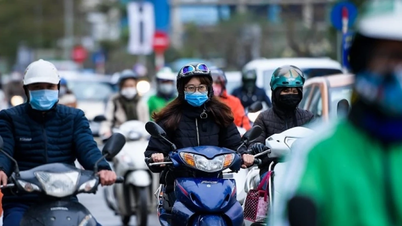





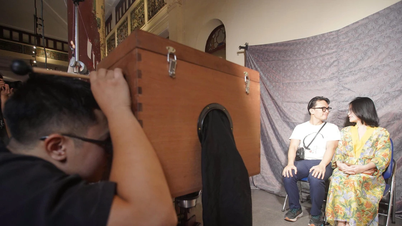


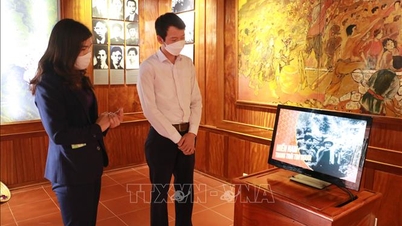

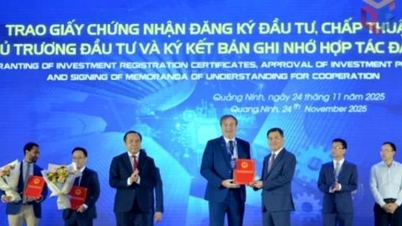



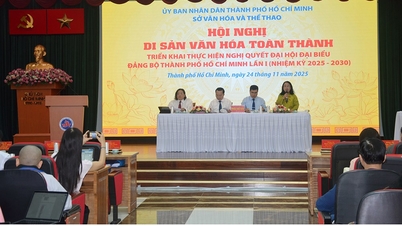

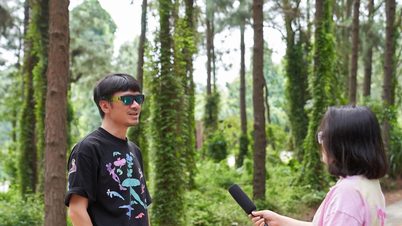
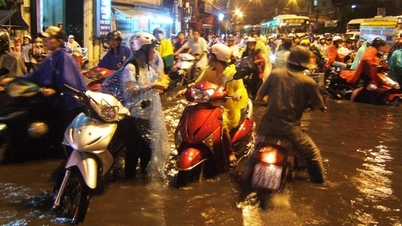

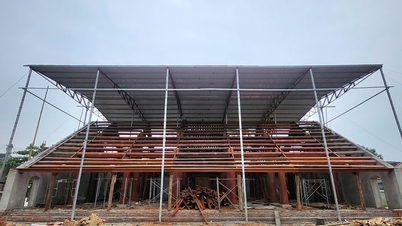




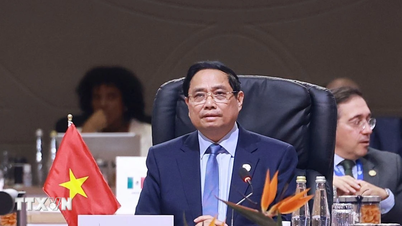



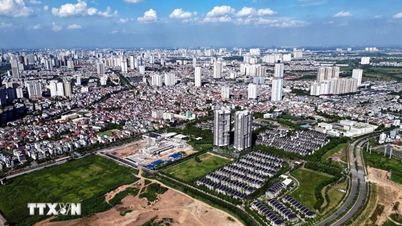
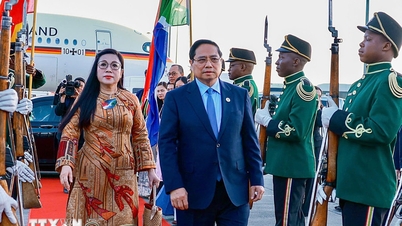


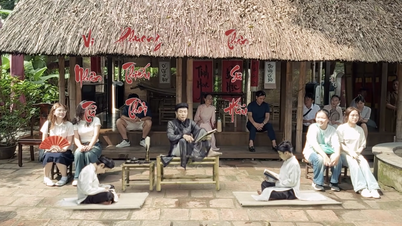


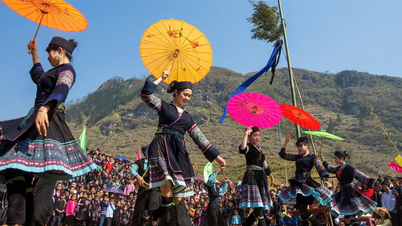

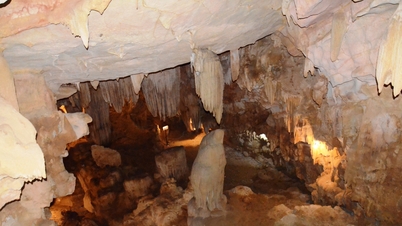








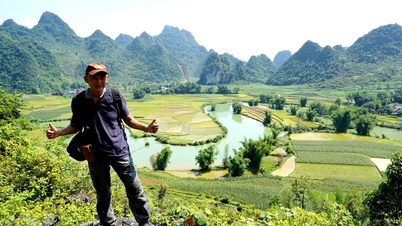
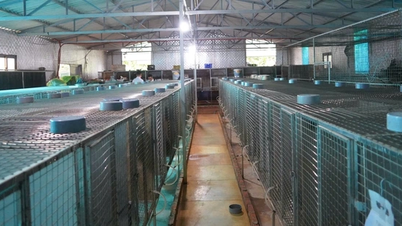



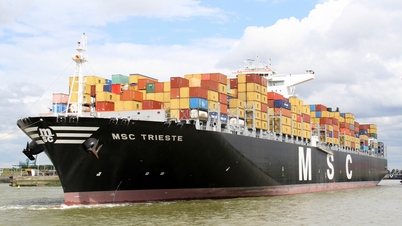


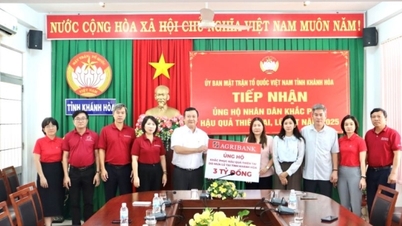






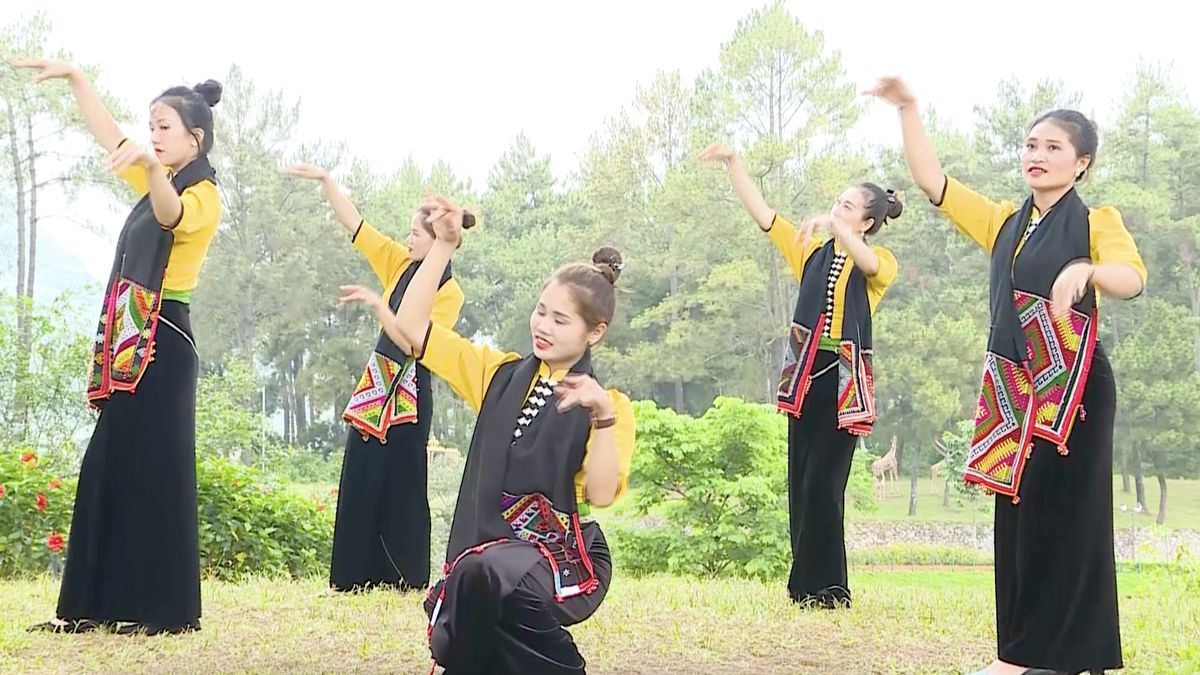








![[Photo] General Secretary To Lam attends the National Conference to review the Party's inspection, supervision and discipline enforcement work in 2025 and the 13th Congress term](https://vphoto.vietnam.vn/thumb/402x226/vietnam/resource/IMAGE/2025/11/24/1763967570884_anh-man-hinh-2025-11-24-luc-13-59-19.png)
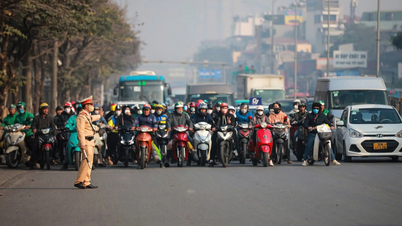





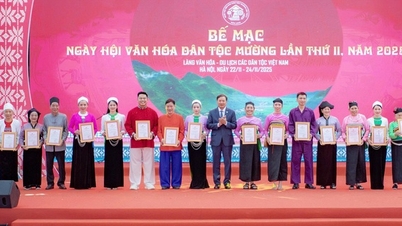
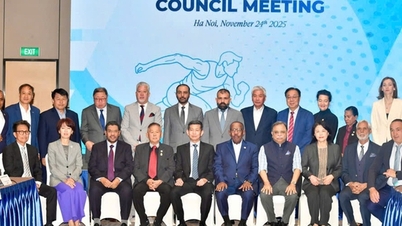
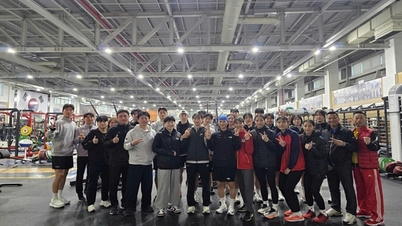




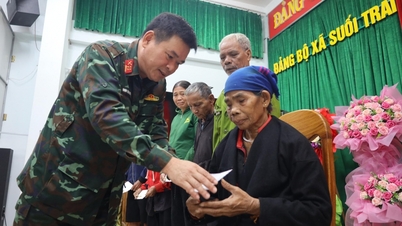














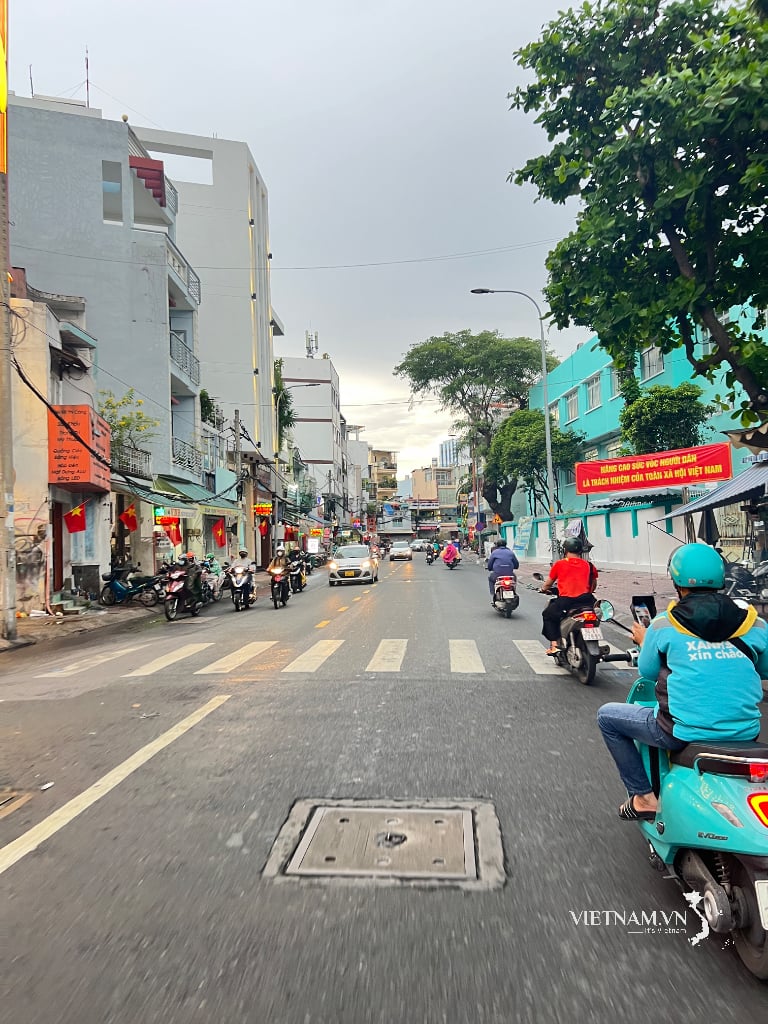

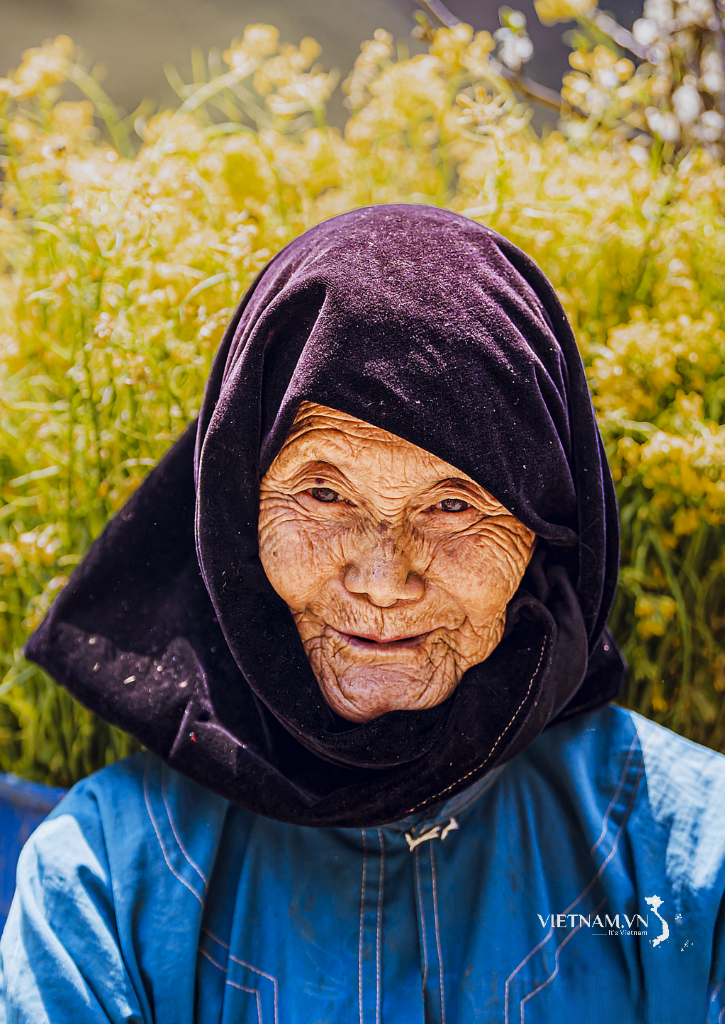

Comment (0)